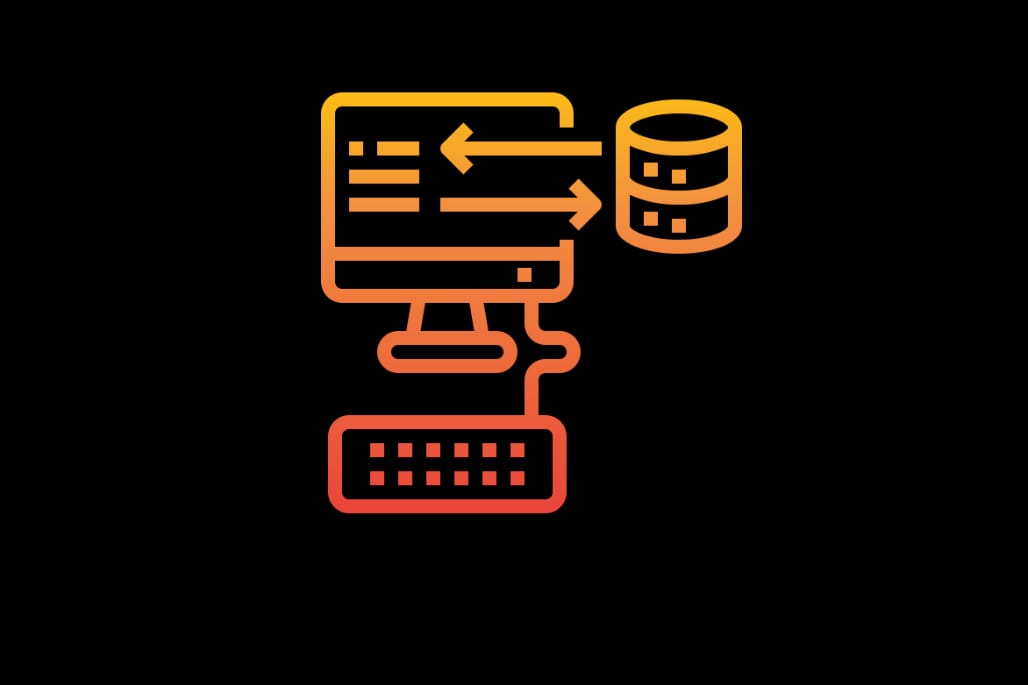How to use built-in react hooks with examples
In React, hooks are functions that let you use state and other React features without writing a class. They are introduced in React 16.8 to enable developers to use state and other React features in functional components.
Here, we will explore various built-in React hooks and provide examples of their usage.
useState
The useState hook is a basic hook that allows functional components to manage local state.
import React, { useState } from 'react';
function Counter() {
const [count, setCount] = useState(0);
return (
<div>
<p>Count: {count}</p>
<button onClick={() => setCount(count + 1)}>Increase Count</button>
</div>
);
}
useReducer
The useReducer hook is an alternative to useState that is more suitable for managing state objects that contain multiple sub-values.
import React, { useReducer } from 'react';
const initialState = { count: 0 };
function reducer(state, action) {
switch (action.type) {
case 'increment':
return { count: state.count + 1 };
default:
throw new Error();
}
}
function Counter() {
const [state, dispatch] = useReducer(reducer, initialState);
return (
<div>
<p>Count: {state.count}</p>
<button onClick={() => dispatch({ type: 'increment' })}>Increase Count</button>
</div>
);
}
useContext
The useContext hook is used to consume the context that was created using React.createContext.
import React, { useContext } from 'react';
const MyContext = React.createContext('defaultValue');
function MyComponent() {
const value = useContext(MyContext);
return <p>Context Value: {value}</p>;
}
useRef
The useRef hook returns a persistent reference to a DOM element.
import React, { useRef, useEffect } from 'react';
function FocusInput() {
const inputRef = useRef(null);
useEffect(() => {
inputRef.current.focus();
}, []);
return <input ref={inputRef} />;
}
useEffect
The useEffect hook is used to perform side effects in function components.
import React, { useState, useEffect } from 'react';
function Timer() {
const [count, setCount] = useState(0);
useEffect(() => {
const interval = setInterval(() => {
setCount(count + 1);
}, 1000);
return () => clearInterval(interval);
}, [count]);
return <p>Timer Count: {count}</p>;
}
useMemo
The useMemo hook is used for memoizing expensive calculations so that they are not re-computed on every render.
import React, { useMemo } from 'react';
function MemoExample({ a, b }) {
const memoizedValue = useMemo(() => {
// Expensive calculation based on 'a' and 'b'
}, [a, b]);
return <p>Memoized Value: {memoizedValue}</p>;
}
useCallback
The useCallback hook returns a memorized version of the callback function that only changes if one of the dependencies has changed.
import React, { useState, useCallback } from 'react';
function ParentComponent() {
const [count, setCount] = useState(0);
const handleClick = useCallback(() => {
setCount(count + 1);
}, [count]);
return (
<div>
<p>Count: {count}</p>
<ChildComponent handleClick={handleClick} />
</div>
);
}
function ChildComponent({ handleClick }) {
return <button onClick={handleClick}>Increment Count</button>;
}
These are the various built-in React hooks with examples showcasing their usage in different scenarios.



